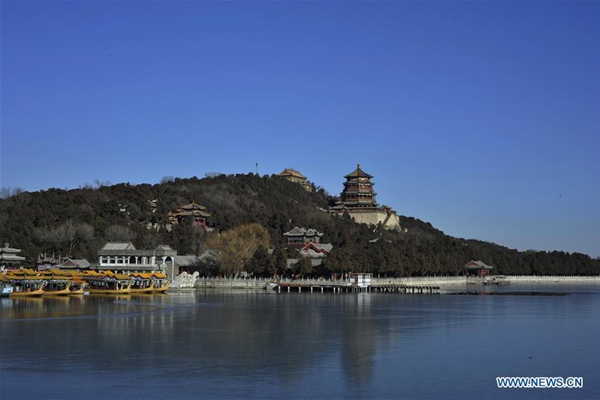Summer Palace

The Summer Palace (颐和园), located in the northwest suburbs of Beijing, is one of the finest examples Garden Architecture in China. More than 100 examples of traditional architecture are to be found in the park, including pavilions, terraces, temples, pagodas, waterside gazebos, covered corridors, stone bridges and the famous marble boat.
In December 1998, UNESCO included the Summer Palace on its World Heritage List. It declared the Summer Palace an "outstanding expression of the creative art of Chinese Landscape Garden Design, incorporating the works of humankind and nature in a harmonious whole."
The Summer Palace began as the Garden of Clear Ripples in 1750. The whole project was completed in 1764. Artisans reproduced the Garden Architecture styles of various palaces in China. Kunming Lake was created by extending an existing body of water to replicate the West Lake in Hangzhou. The palace complex suffered two major attacks - during the Anglo-French allied invasion of 1860 (with the Old Summer Palace also ransacked at the same time), and during the Boxer Rebellion, in an attack by the eight allied powers in 1900. The garden survived and was rebuilt in 1886 and 1902. In 1888, it was given its current name, Yihe Yuan. It served as a summer resort for the Empress Dowager Cixi, who diverted 30 million taels of silver, said to be originally designated for the Chinese navy, into the reconstruction and enlargement of the Summer Palace.

